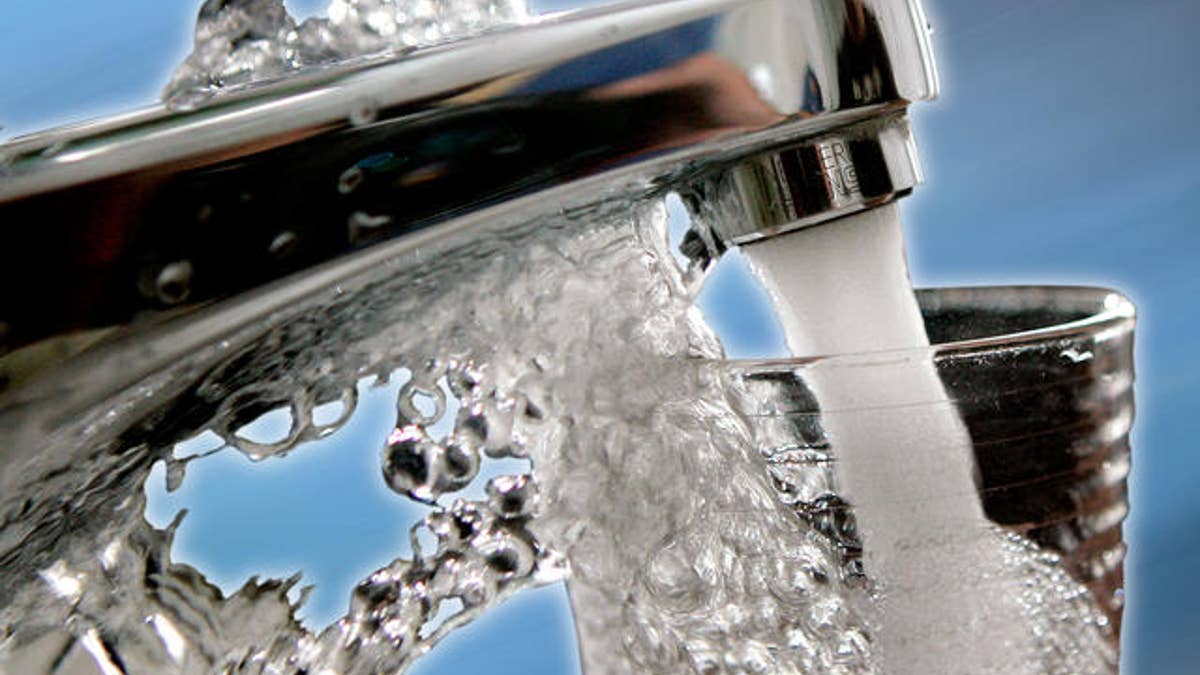
(AP)
You may not have high blood pressure, chronic pain or acid reflux, but with every sip of tap water, you’re ingesting small doses of medications used to treat each condition – along with a slew of other pharmaceutical byproducts, according to an extensive new study conducted by the U.S. Environmental Protection Agency (EPA) and reported on by The New Republic.
And the bad news doesn’t stop there: it turns out health officials have pretty much no clue how long-term, low-level exposure to these chemical compounds affects human health or the environment.
What they do know is how the drugs wind up in the water (our bodies release them when we urinate or flush old drugs down the toilet); how they can affect aquatic life (small amounts of estrogen in some medications cause male fish to develop eggs); and that they are occurring in our water in higher amounts than even the pharmaceutical companies anticipated (eight of the drugs in the EPA study exceeded levels the U.S. Food and Drug Administration generally considers safe for aquatic life).
Prescription drugs come with warnings of possible side effects for the person taking them – but what about for the rest of us?
As The New Republic article notes, a Mayo Clinic study released in June of this year found that nearly 70 percent of Americans take one prescription drug. By my estimate, that’s a lot of chemicals in our water supply. So even though you may carefully avoid putting toxins in your body by eating organic foods and using healthy cleaning products, a glass of water could potentially send all that hard work right down the drain.
And buying bottled water is no guarantee of water purity. In 2009, almost 50 percent of all bottled water came from municipal tap water supplies, according to Food and Water Watch, a public interest group working to ensure the food, water and fish we consume is safe, accessible and sustainably produced.
Some home filtration systems claim to remove trace pharmaceuticals from tap water, but as Shane Snyder, co-director at the Arizona Laboratory for Emerging Contaminants at the University of Arizona, told The New Republic, these processes may actually make things worse.
“It’s now very common to make water more toxic after treatment than it was before treatment,” Snyder told The New Republic, noting that oxidizing chemicals to remove them from water turns them into different, unknown entities.
Previous investigations, like one conducted by the Associated Press in 2008, have turned up similarly unsatisfactory results: the AP’s extensive investigation found drugs in the drinking water supplies of 24 major metropolitan areas in the U.S. – everything from antibiotics to mood stabilizers to sex hormones.
We should all be outraged – not only because our water is contaminated, and our bodies probably are too – but because this is clearly something health officials have known about for some time. And yet, inaction persists.
So, what can you do? You can help ensure pharmaceuticals are disposed of properly, and not flushed down the toilet. The EPA recommends returning unwanted or expired prescription and over-the-counter drugs to a “take-back” program. To find one in your area, call your city or county government’s household trash and recycling service. You can also safely get rid of medications at home by following the Office of National Drug Control Policy’s Drug Disposal Guidelines, which are available on the EPA’s website.
In this instance, as with many others, we’d be wise to go to the source. Why are so many Americans taking prescription medications? We have become a drug-addled society, preferring to pop a pill instead of eating healthy and exercising. Many medications are, undeniably, absolutely necessary for the people who need them – but are they all?
Water is necessary to sustain human life. Medications, sometimes, are not. Let’s do a better job of ensuring our water is free and clear of anything that even has the potential to do us harm. Otherwise, I’m not sure what we have left.
Click for more from New Republic.
Note: Information provided herein is not intended to treat or diagnose any health condition. As always, consult your healthcare provider with any questions or health concerns.
